How can female astronauts meet their daily needs in space? How to protect privacy? Own tricks
Women can hold up half of the skyThe rise of women has never been just a talk. Over time, in addition to men, the aerospace industry has also seen the presence of women
Women can hold up half of the skyThe rise of women has never been just a talk. Over time, in addition to men, the aerospace industry has also seen the presence of women.
From a physiological perspective, males are inherently stronger than females, but there is a saying that working together is not tiring, so it is ultimately not feasible for males alone.
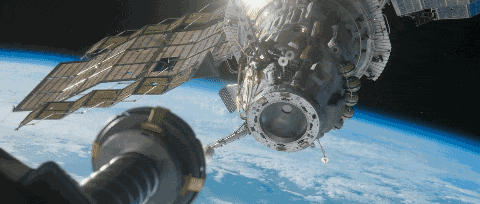
Therefore, as time goes by, the proportion of women in the aerospace industry is gradually increasing,China's first female astronautLiu YangIt was entered into space in 2012 and successfully returned.
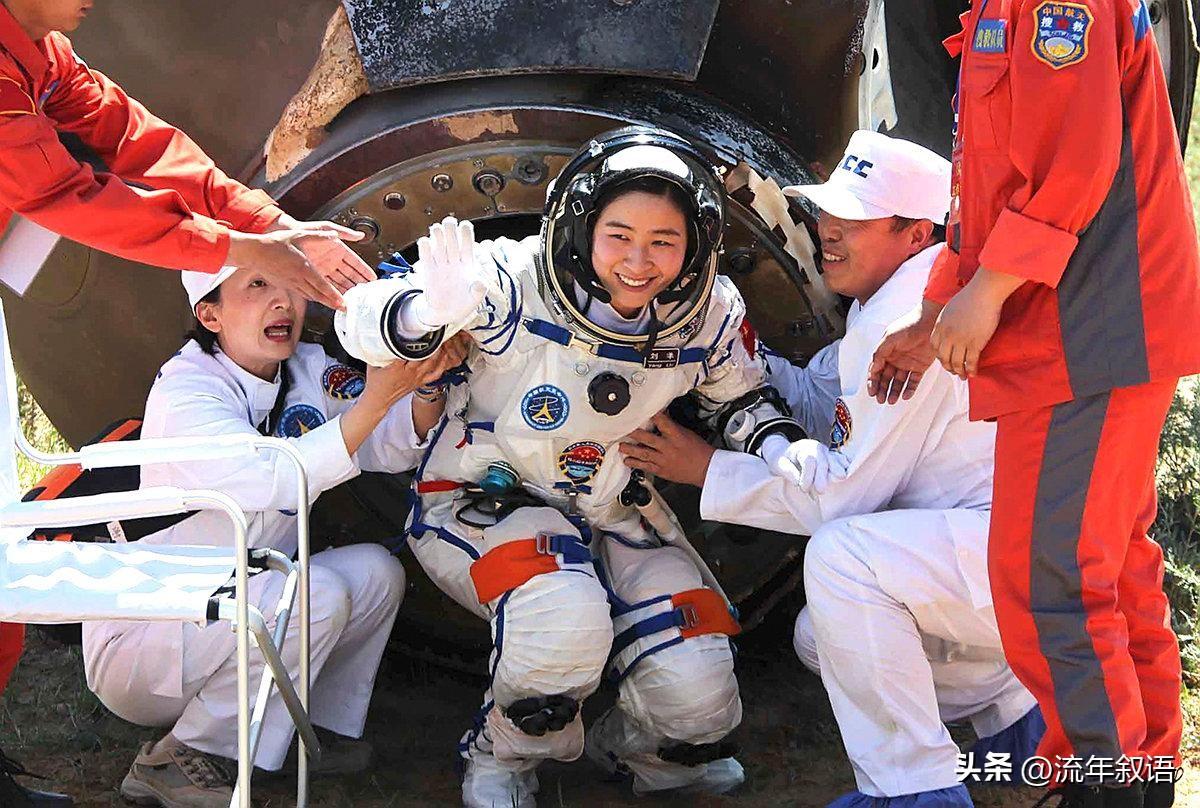
But there are differences between men and women, so how do astronauts handle their own living needs in outer space?
Embarrassment during physiological period
The proportion of males in space is higher than that of females, not only because males are naturally stronger, but also because females have a unique problem to solve.
That's the issue of menstrual cycle, after all, most space missions take a long time and start in a few months, while women's menstrual cycle occurs once a month.

Therefore, in order to ensure the physical condition of women and the normal navigation of spacecraft in space, women were not allowed to board space at that time when scientists were unable to solve the problem of women's menstrual periods.
In weightlessness, some people may worry about whether the blood flowing out during a woman's menstrual period will stay in the body or flow back, which has a significant impact on the physical condition of female astronauts.

But as the number of female astronauts entering space increased, they said that weightlessness in outer space would not have any impact on menstruation, which was later discovered through scientific experiments.
Menstrual bleeding in women is the regular shedding of mucous membranes from the endometrium, and the process of discharge is mainly voluntary by the body and does not cause reflux due to weightlessness.
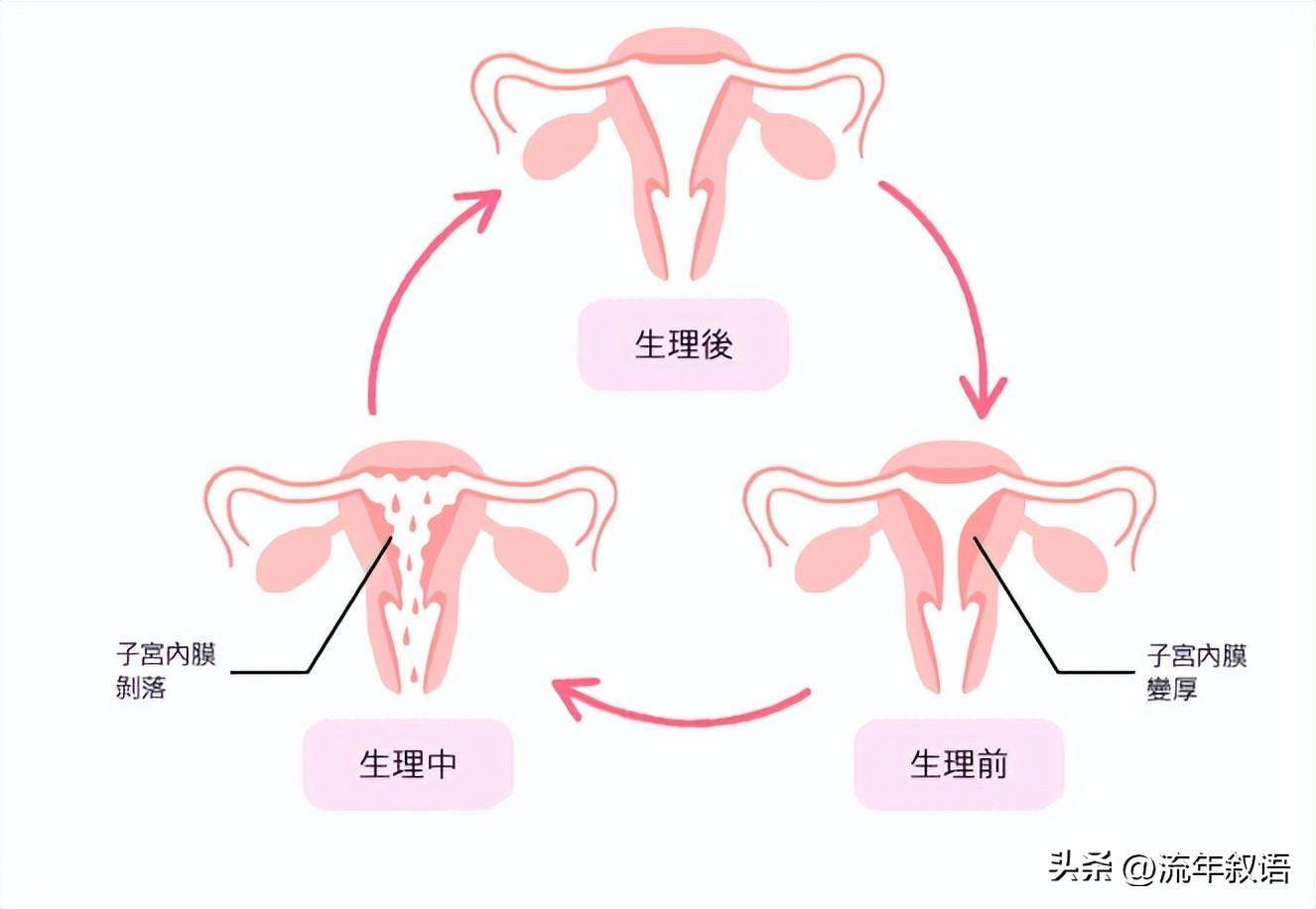
Afterwards, when female astronauts come to menstruation in outer space, the treatment method is the same as on Earth, using sanitary napkins or tampons, but with one difference: the issue of using the toilet during the physiological period.
Generally speaking, astronauts' urine is purified and converted back into drinking water after being excreted from the body, but the urine excreted by women during menstruation is accompanied by some blood.
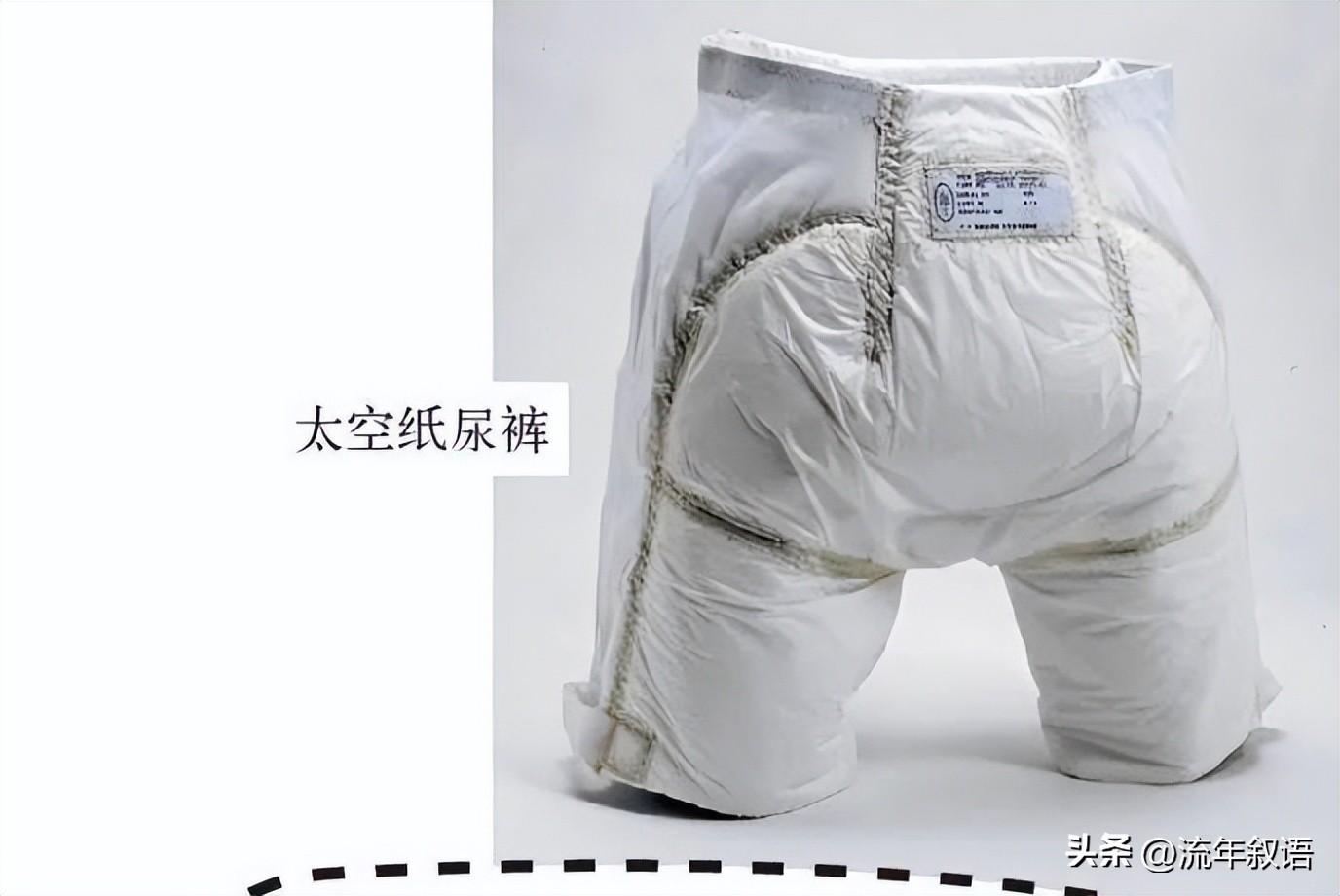
Therefore, during menstruation, astronauts generally wear aSpecially designed oversized diapersWait until the capacity is too large or the usage limit is reached before replacing it with a new one, and the old one will be specially treated and thrown into space.
And the lives of astronauts in space are also different from those of Earth, and privacy issues have become a top priority due to the inclusion of female astronauts.
How to use the toilet
In a weightless environment like space, simple things like toileting can become very complex, and the design of the space station toilet is also very different from that on Earth.

Urine is basically composed of water, so in weightless urination, urine is highly likely to splatter and form small water droplets, and the instruments on the spacecraft are very precise.
Therefore, any drop of water droplets can have a significant impact, and in severe cases, it can even cause the failure of space missions, which has a significant impact on the safety of astronauts.

Therefore, a super strong suction toilet was born, which can handle astronauts' urine properly. Generally speaking, there will only be one bathroom on the spacecraft, because with current technological configurations, one bathroom can maximize space while saving unnecessary expenses.
With the increase of female astronauts, a very thick curtain has been installed at the entrance of the bathroom to protect privacy. This special curtain not only protects the privacy of toilet users.

It also has strong noise reduction capabilities, which can isolate most of the internal noise of the spacecraft, creating a quiet and sufficiently private environment for astronauts to use with peace of mind.
The area of the bathroom is not large, only a few square meters, and due to weightlessness, one needs to control their body. When using the bathroom, one needs to tie their feet in a dedicated position.

Then a special toilet is used, and the interface needs to be fixed in a suitable position on one's body. After opening the switch, there will be a strong suction force, allowing the discharged urine to be completely sucked in.
However, this instrument is only useful for men, and for women, another device is needed, with a small funnel added at the interface, which is more convenient for women to use.

In the early days, urine could not be converted and stored, so scientists also invented a diaper that could keep it dry for ten hours, but compared to urination, bowel movements were the most difficult to handle.
Because feces produce a large amount of nitrogen during excretion, and if nitrogen cannot be discharged, it can have a significant impact on the body of astronauts.
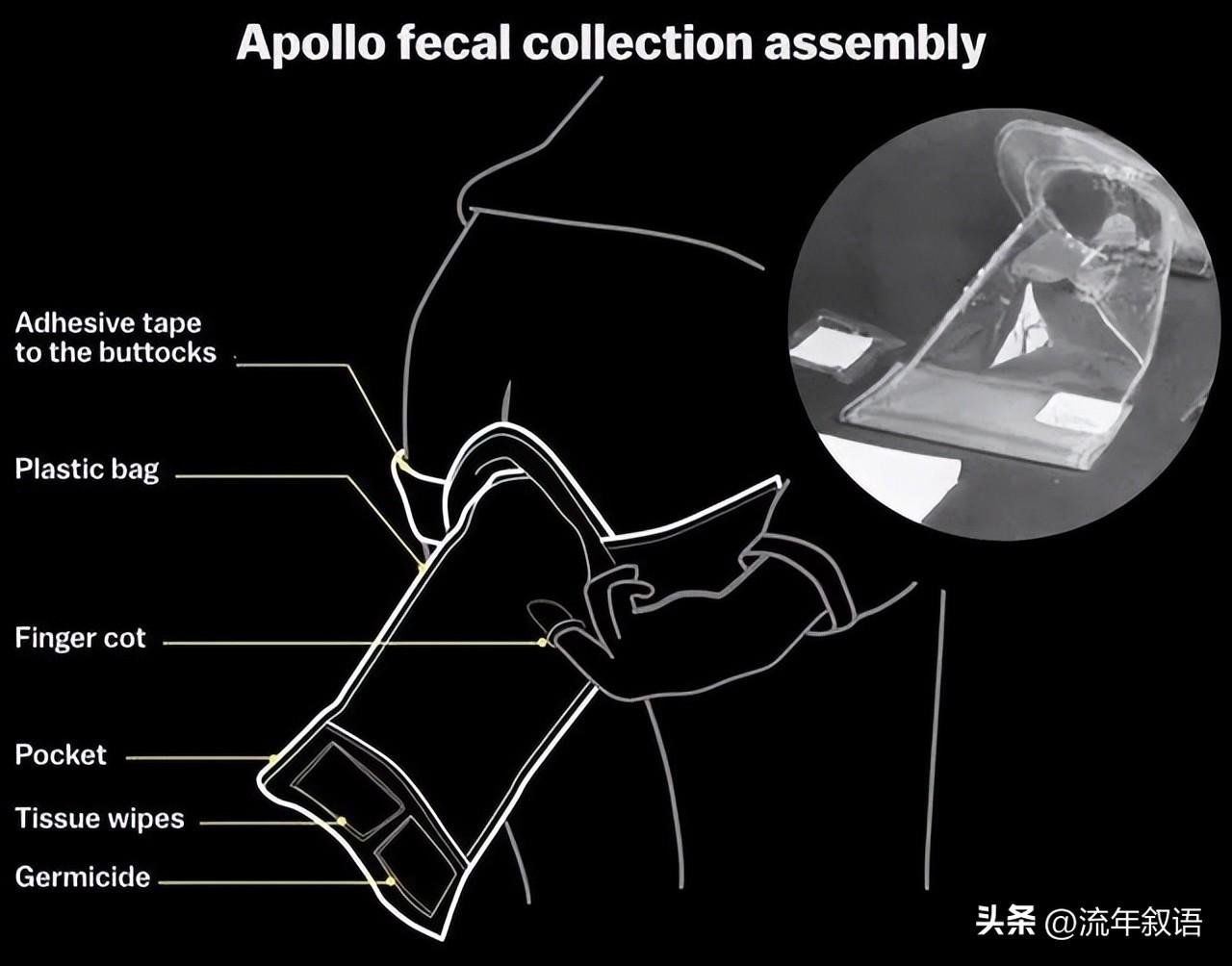
In response to this situation, people have specially designed a bag for holding feces, also known as the "Apollo bag". Its interface is the same as the interface of the urinal, tightly fitting with the body.
Ensure that no nitrogen or feces leak out, and at the same time, crush the disinfectant into a pocket before placing this "Apollo bag" in a special container and throwing it into space.

But unlike urinals, the interface of this type of bag is very small, just to prevent leakage. However, to allow astronauts to easily align with the interface, scientists have also designed a miniature camera.
It can ensure that astronauts can smoothly fit the interface onto their bodies, and these are not the only life problems in space, because being in a weightless environment and taking a shower and eating are also major issues.
Manual bathing?
Initially, astronauts used two sponges for bathing, one for cleaning the body and the other for rinsing. At the same time, shampoo was also used differently from usual.

It's the type of shampoo that doesn't need to be rinsed. After being squeezed out, it tightly adheres to the hair, removing any dirt from the head. The soapy water from the shower also tightly adheres to the surface of the skin until it is washed and sucked away with a towel.
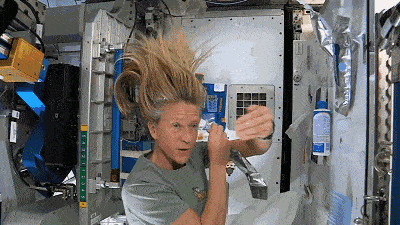
Astronauts' toothpaste is also that typeToothpaste that can be swallowedAfter cleaning the teeth, it can be swallowed directly into the stomach, which is very magical.

With the development of technology, the conditions for bathing are also improving. Astronauts can enter a special hanging bathtub, which can be closed from inside and difficult to open from outside, which can effectively protect privacy.
After internal adjustments are completed, apply soapy water to the entire body, and then rinse with pressurized water. However, the washed water does not flow down the foot, but adheres to the surface of the skin.

Afterwards, using a suction device to absorb excess water can provide a more showering sensation compared to early manual scrubbing.
And the resources in space are very expensive, at current prices,A shower costs around 100000 dollarsIt can be said to be very luxurious.
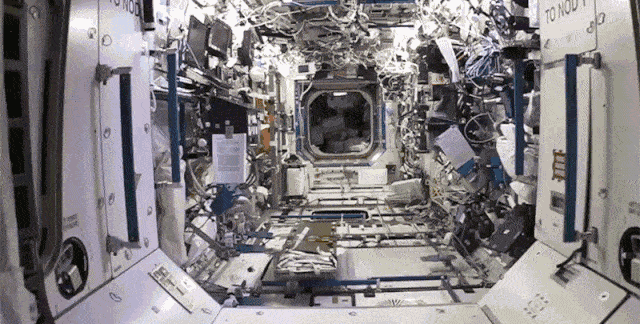
But fortunately, most of the water sources used by astronauts in daily life are collected and reused, which can effectively save money. Even water like steam can be reused after condensation and purification.
It can be imagined how precious the water in space is.
The Hazards of Entering Space
The weightlessness life in space is also a great challenge to physical fitness, and in weightlessness, a person's body can undergo many changes.
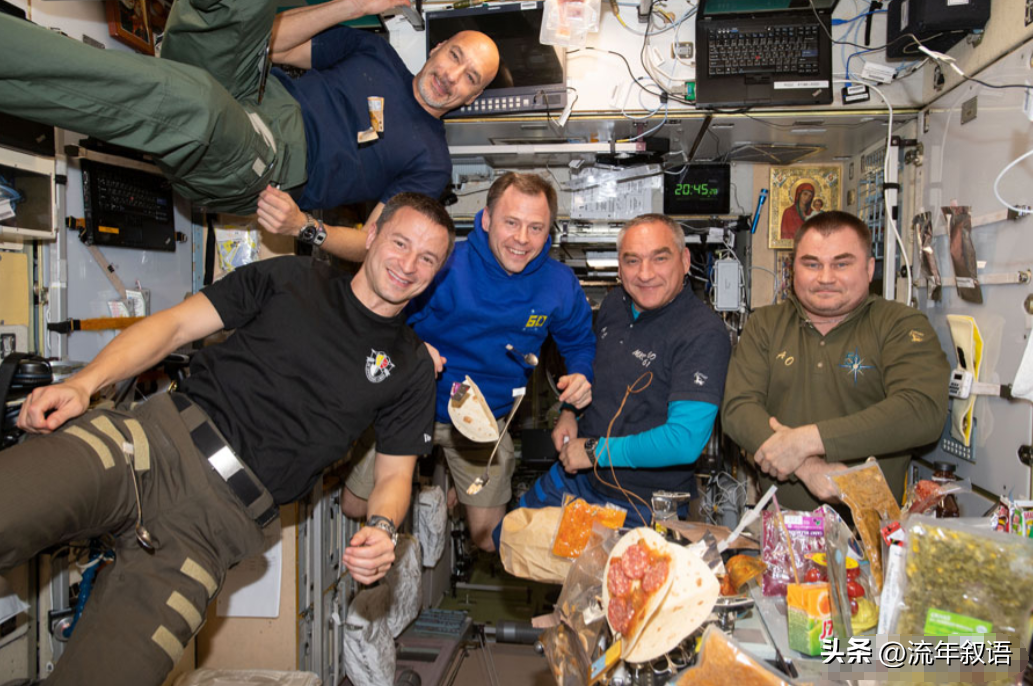
First of allBone Loss The longer you stay in weightlessness, the more bone loss you will experience. Within a month, you will lose approximately 1-2% of your bone mass, and over time, you may even be unable to stand.
and alsoImpact on the brain and nervous systemProlonged exposure to weightlessness is highly likely to cause intracranial pressure, leading to blurred vision, headaches, dizziness, and other conditions.
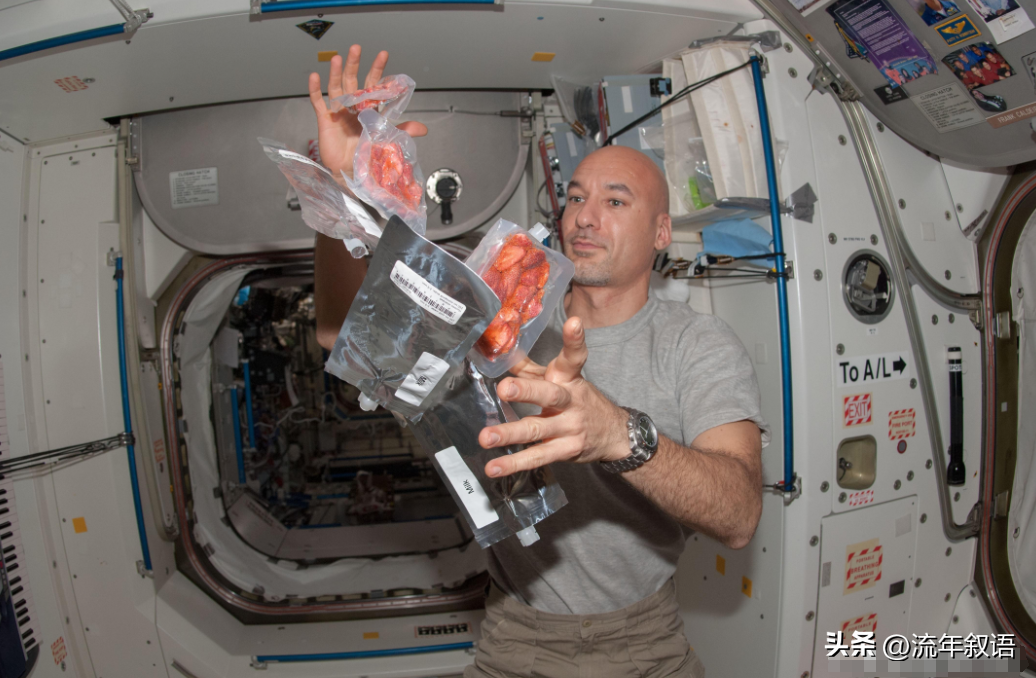
furthermoreMuscles will also begin to atrophyIn a state of weightlessness, it is easy for people to do many things without using too many muscles. Therefore, after long-term use, muscles will atrophy.
Blood can also cause problemsBlood will automatically transfer towards the upper body. When there is too much blood in the upper body, the body will experience increased urination, myocardial hypoxia, arrhythmia, and other phenomena.
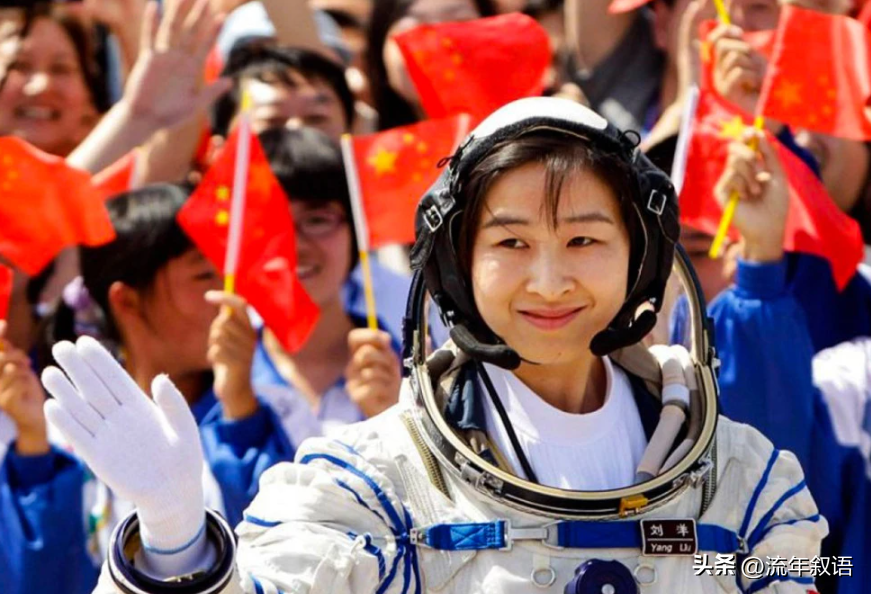
meanwhileGastric conditions such as indigestion may also occurIt can be said that if one stays in a weightless state for a long time, the body will experience slow aging and become worse, making space navigation a difficult task.
Under such conditions, women's physical fitness is significantly inferior to that of men, and the weightlessness environment can also have a greater or lesser impact on women's physiological systems.

Therefore, when choosing female astronauts,More people will choose some married and childbearing astronautsmeanwhile
With richer food and more convenient tools, even sleeping bags have become different. Initially, sleeping bags were just a bag tied to the wall and did not have too many functions.
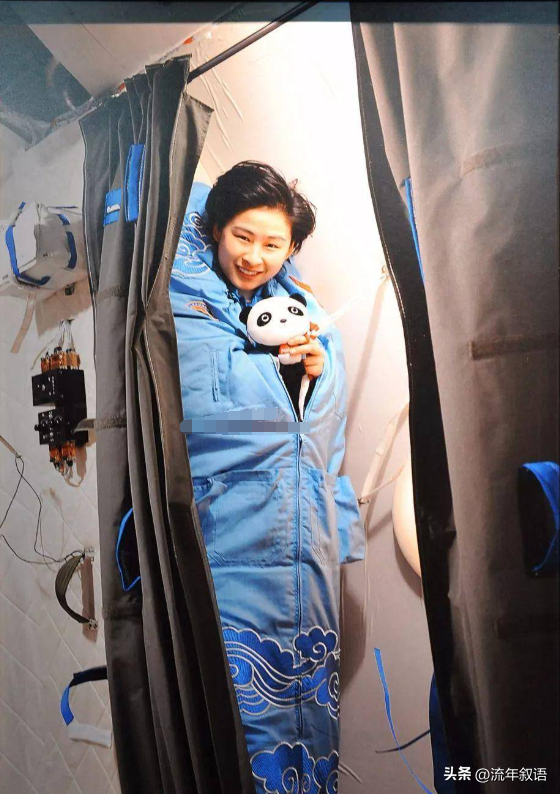
furthermoremeanwhile
meanwhile
epilogue
Astronauts entering space for missions can be said to be a very difficult task, and each astronaut must undergo very strict selection before carrying out space operations.

furthermoremeanwhile
With the advancement of technology, the risk of entering space has been greatly reduced compared to before, and the addition of female astronauts has also greatly improved the living conditions of astronauts.

Compared to men, women's minds are much more delicate, so they can do many things that men find difficult to do. As the saying of our ancestors goes, working with men and women is not tiring.
furthermore
Disclaimer: The content of this article is sourced from the internet. The copyright of the text, images, and other materials belongs to the original author. The platform reprints the materials for the purpose of conveying more information. The content of the article is for reference and learning only, and should not be used for commercial purposes. If it infringes on your legitimate rights and interests, please contact us promptly and we will handle it as soon as possible! We respect copyright and are committed to protecting it. Thank you for sharing.(Email:[email protected])















